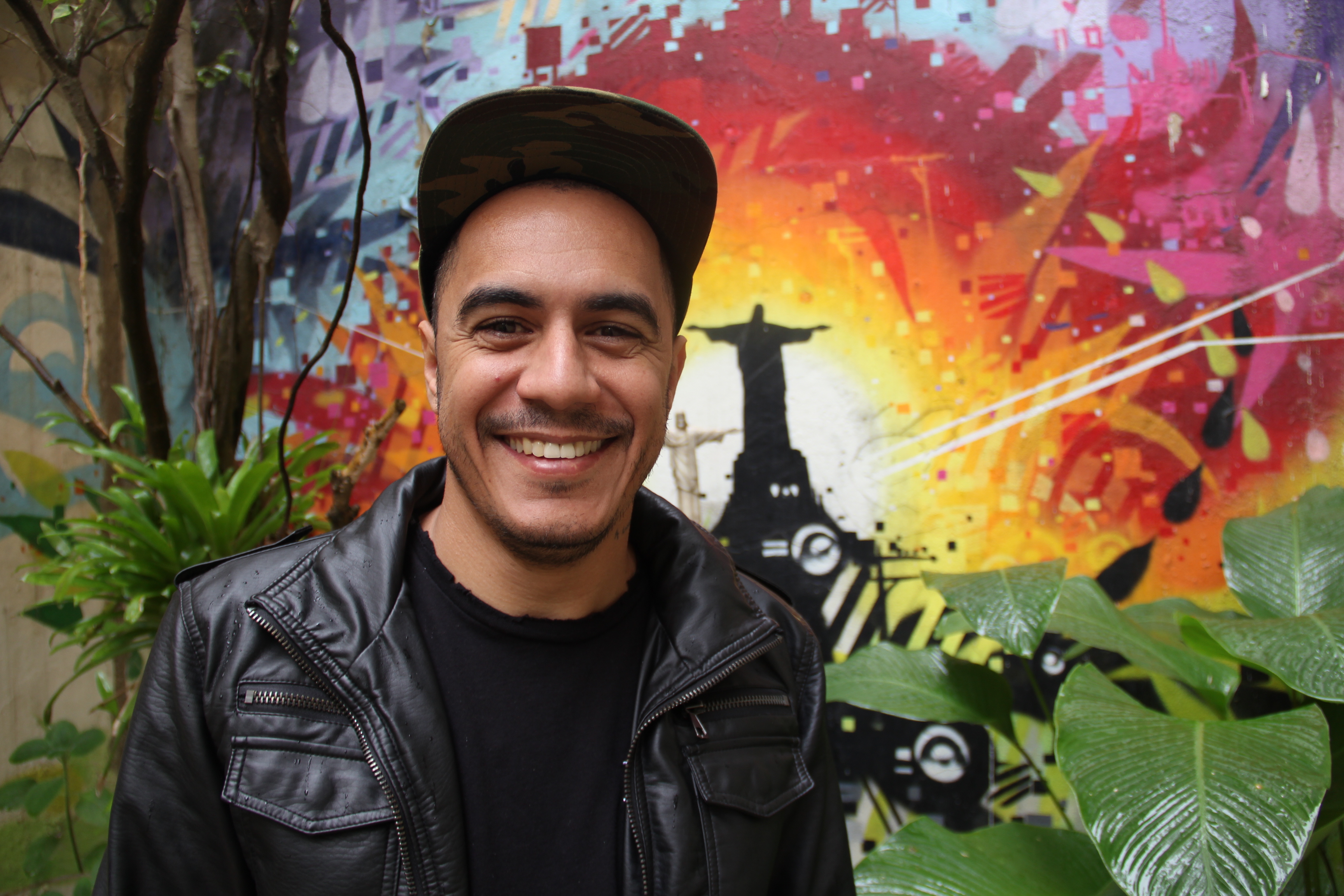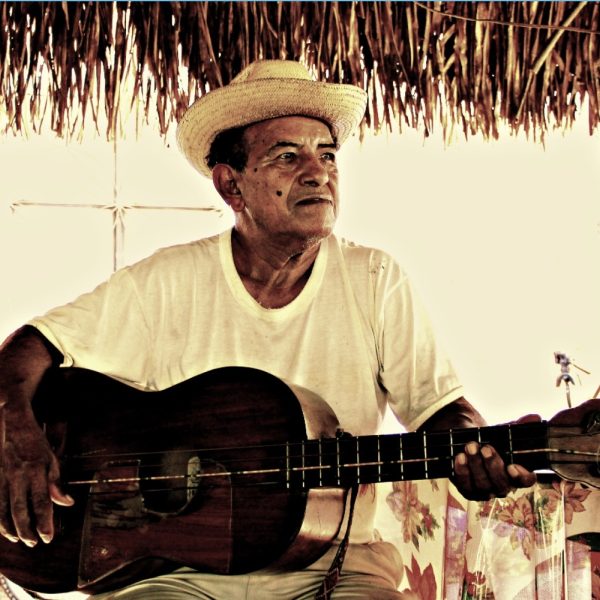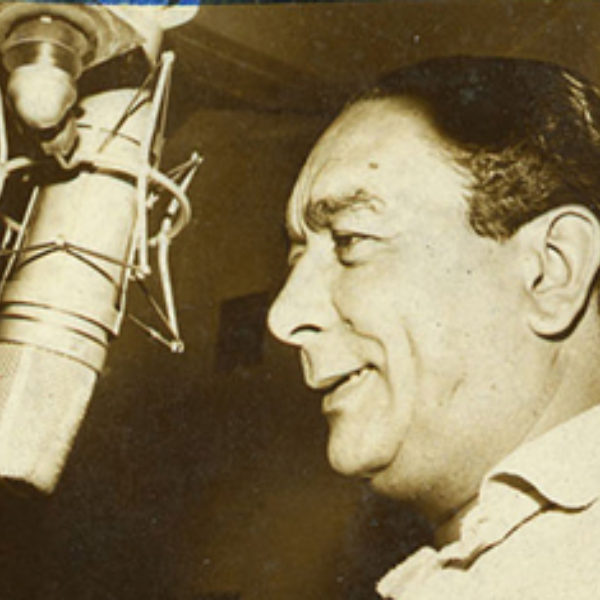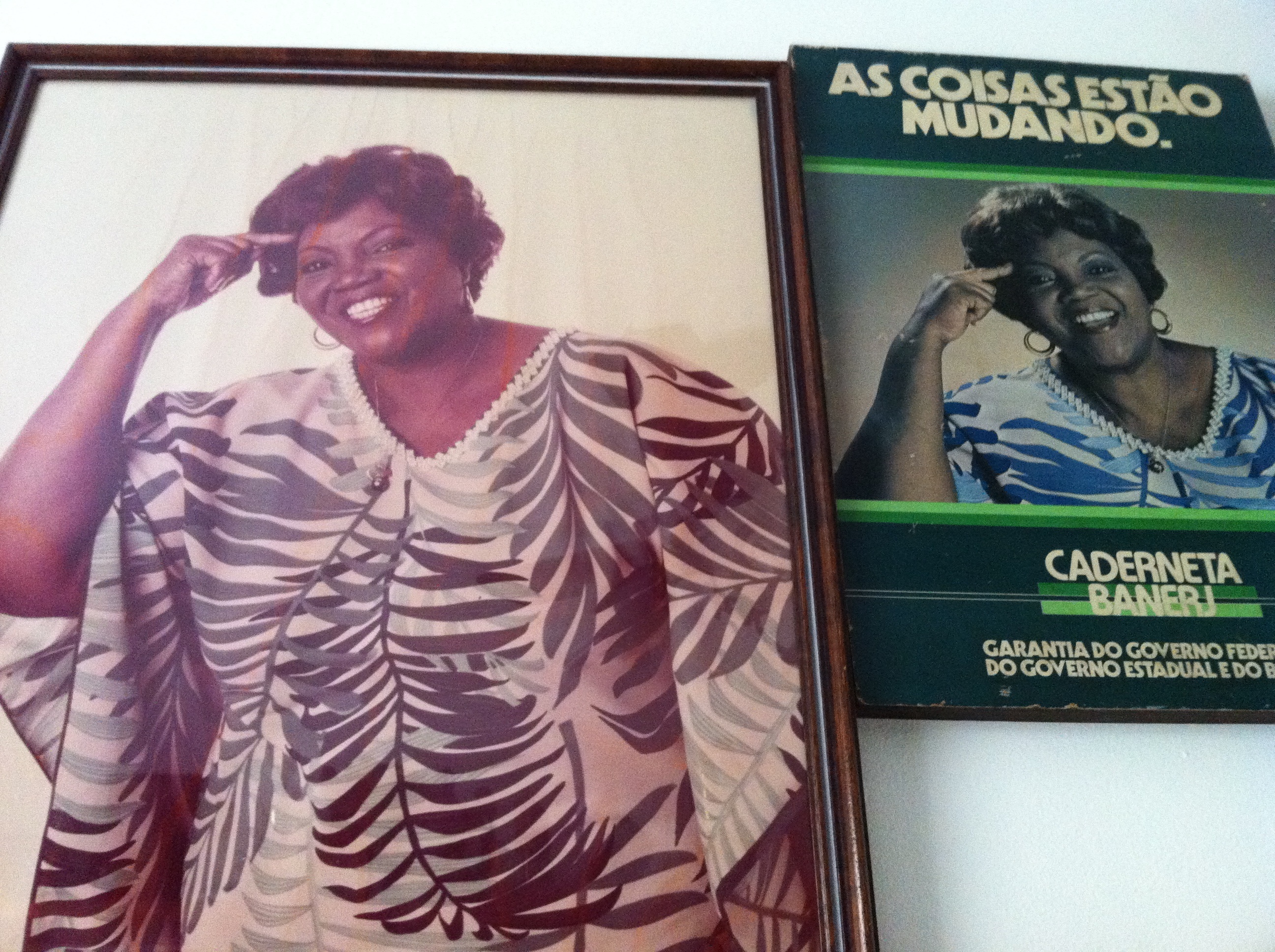Hip Deep August 4, 2016
Rio 1: Samba at the Dawn of Modern Brazil
In part one of our 2012 Hip Deep Brazil series, we travel back in time to Rio de Janeiro in the early 20th century to explore the birth of Brazil’s most iconic sound: samba.
Related Audio Programs

Hip Deep December 11, 2025

Hip Deep June 20, 2013

Hip Deep May 29, 2025
This week, Afropop revisits the home of styles such as merengue and bachata, but this time we’ll be looking towards the most deeply African side of Dominican music—little known outside of the island.

Hip Deep July 4, 2024
In this Hip Deep episode, we use music to explore that history as we take a road-trip across the country in search of sonic traces of Afro-Mexico.













